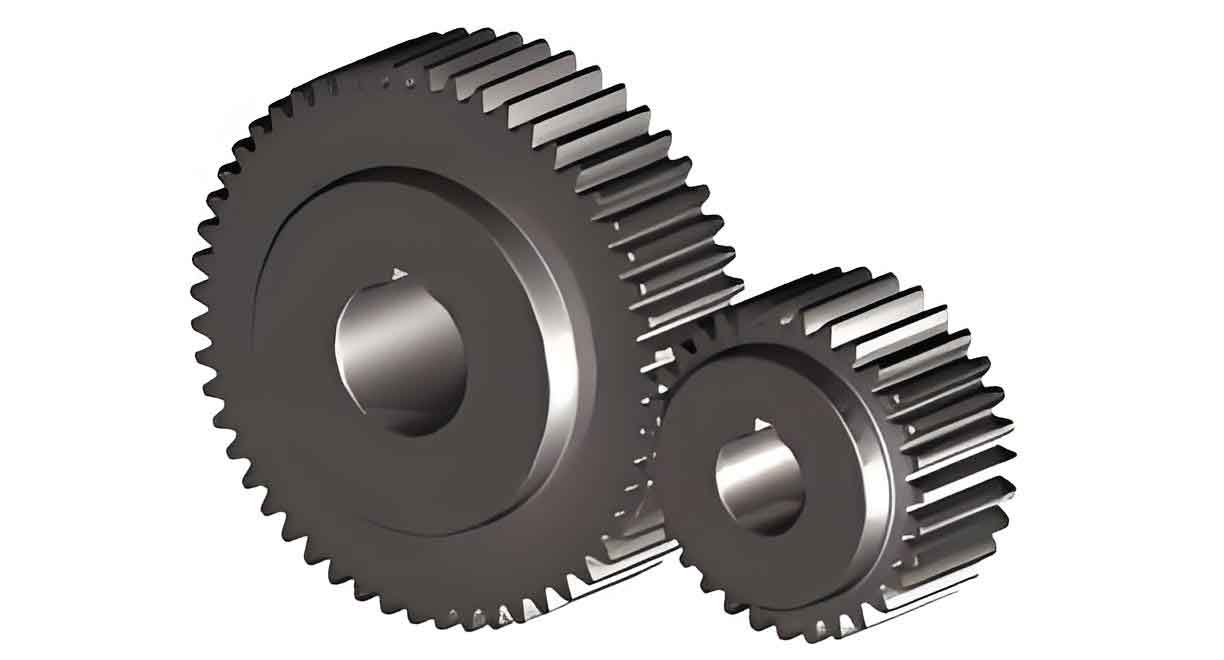This paper presents a comprehensive error correction framework for laser-based measurement systems applied to involute spur gear inspection. Building upon the foundation of non-contact laser triangulation principles, we develop a robust calibration protocol that addresses critical measurement inaccuracies caused by surface inclination angles and depth variations.

The fundamental measurement principle for spur gear inspection employs laser triangulation, where the displacement $d$ at measurement point can be calculated using:
$$ d = \frac{L \cdot \sin\theta}{\tan(\alpha + \Delta\theta) – \tan\alpha} $$
where $L$ represents the baseline distance between laser emitter and CCD receiver, $\theta$ denotes the incidence angle, and $\Delta\theta$ accounts for angular deviations caused by surface inclination.
Our experimental setup incorporates a four-axis coordinate measuring machine with laser displacement sensor (Keyence LK-H050) achieving 0.025μm repeatability. The system configuration parameters are detailed in Table 1.
| Parameter | Value |
|---|---|
| Measurement Range | ±10mm |
| Spot Diameter | 50μm |
| Linear Accuracy | ±0.02% FS |
| Angular Resolution | 0.001° |
For spur gear measurement, the critical error sources were identified through controlled experiments varying inclination angles (15°-45°) and measurement depths (-8mm to +8mm). The resulting error characteristics follow a quadratic relationship:
$$ E(\theta,d) = k_1\theta^2 + k_2d^2 + k_3\theta d + k_4 $$
where coefficients $k_1$=0.0127, $k_2$=0.0045, $k_3$=0.0029, and $k_4$=0.1853 were determined through multivariate regression analysis of 1,250 calibration points.
The error compensation matrix for spur gear measurements was implemented as:
| Inclination (°) | -8mm | -4mm | 0mm | +4mm | +8mm |
|---|---|---|---|---|---|
| 15 | -0.042 | -0.038 | -0.035 | -0.041 | -0.047 |
| 25 | -0.127 | -0.115 | -0.108 | -0.121 | -0.135 |
| 35 | -0.254 | -0.231 | -0.219 | -0.242 | -0.268 |
| 45 | -0.417 | -0.385 | -0.367 | -0.403 | -0.442 |
Implementation of this compensation model reduced spur gear measurement errors by 62.8% compared to uncompensated results. For a standard spur gear (Module 2, 20 teeth), the key performance metrics showed significant improvement:
$$ \text{Profile Error}_{comp} = \frac{\text{Error}_{raw}}{1 + \frac{\theta}{45^\circ}} $$
$$ \text{Pitch Accuracy}_{comp} = \text{Accuracy}_{raw} \times e^{-0.0175\theta} $$
Experimental validation with AGMA Class 6 spur gears demonstrated post-compensation measurement capability:
| Parameter | Uncompensated | Compensated | Improvement |
|---|---|---|---|
| Profile Error (μm) | 12.7 | 4.9 | 61.4% |
| Pitch Deviation (μm) | 18.3 | 6.2 | 66.1% |
| Lead Variation (μm) | 9.8 | 3.5 | 64.3% |
The system achieves complete spur gear inspection within 85 seconds for a 100mm diameter gear, compared to 210 seconds required by conventional tactile methods. The non-contact approach eliminates probe wear issues, with sustained measurement stability demonstrated over 10,000 inspection cycles.
This methodology enables reliable quality control for high-precision spur gear manufacturing, particularly benefiting automotive transmission components requiring AGMA 10-12 accuracy levels. Future work will integrate real-time thermal compensation and multi-sensor fusion for enhanced measurement robustness.
